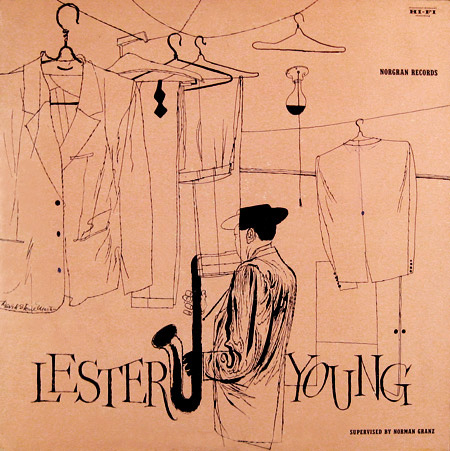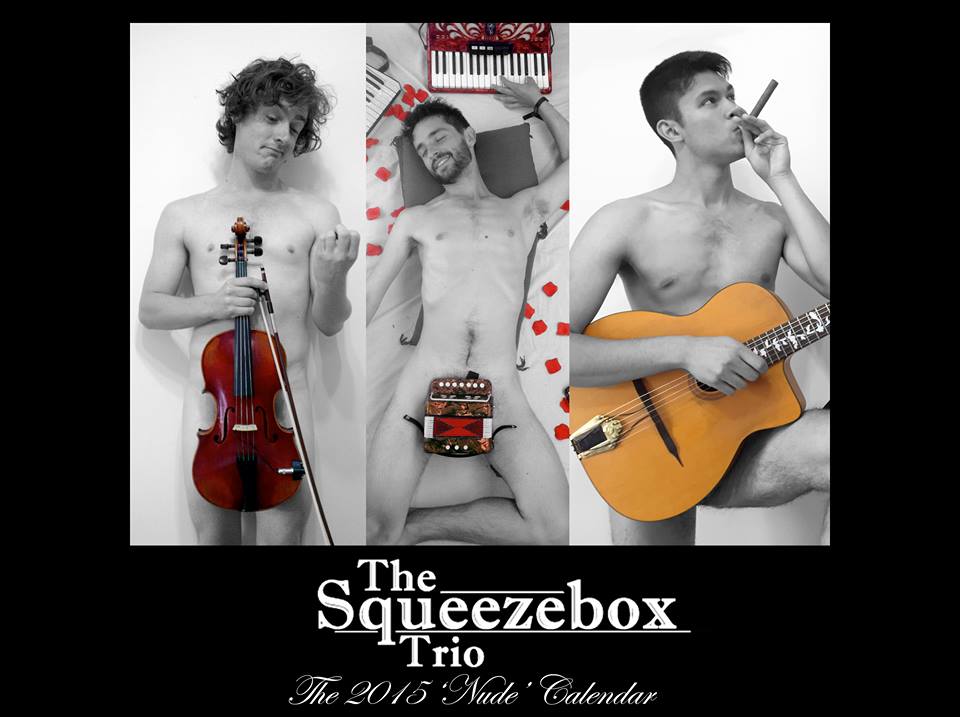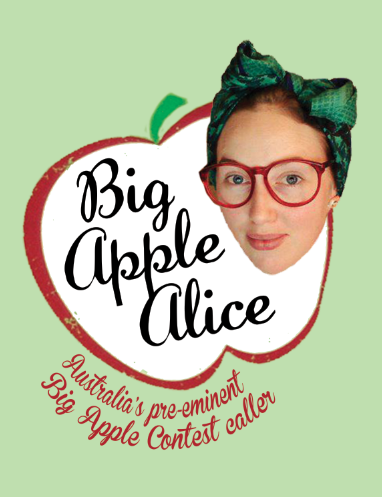This is a post about cross-promotion, and the reciprocal benefits of not being weird about it.
Quite a few swing dance teachers and event organisers won’t mention, let alone promote, other swing dance organisations in their own city, because they don’t want to ‘promote’ another dance business. I’m always a bit surprised by this attitude, because it’s quite clear that when you cross-promote other dance businesses, you do good things for your own business. And when other people do well – particularly in term of lifting their profile in the wider community – we all benefit.
This was made particularly clear by a random facebook comment made by Duncan, administrator of Swing Out London, recently. He noted that S.O.L. (a really impressive online guide to the huge London lindy hop scene) had seen a huge spike in hits in that week, and he was wondering why. He hadn’t done any new promotion, and nothing had really changed on the site. Another commenter noted that a large London dance school had recently had some massive publicity through a tv show. I suspected that show’s audience had immediately googled ‘swing dance London’ (rather than the specific school’s name), and hit on the well-maintained, SEO-happy S.O.L, which does all the things a good swing dance website should.
Swing Out London had benefitted directly from the success and high profile of another dance project. And we can assume that so did all those other dance businesses listed in its guide.
S.O.L. is one of those projects which we should all support. It has a very clear, and well-managed listings policy, that helps users find what they’re looking for – lindy hop and other jazz and swing era dances – and it helps make clear the differences between jazz and swing dance and ‘other’ dances. This is good for people who are ‘selling’ jazz dances, as opposed to west coast swing, jive, or rock n roll. It’s also non-partisan, which means that it lists any event, so long as it fits into the swing and jazz era dances.
Yes, it might be promoting your ‘competitors” events, but you actually benefit from being listed along side your competitors. It means that you are grouped together under ‘quality’ or ‘relevant’ events, which means that punters will come to your event with expectations that match your promotional strategies and product. You’re not going to send unhappy tango dancers off into the night to bitch about your gig.
This seems counter-intuitive for people coming from a traditional business model. How could it possibly help my bottom line to encourage people to spend their money with another business?
There are a number of ways we can benefit from cross-promotion.
Punters develop expectations about your business that actually match your product and services. So, again, you won’t get people turning up expecting tango, and going home cranky to badmouth you on facebook. You’ll get punters plugging into a network to find products like the one they got at X’s event the other week. When punters start branching out beyond your little domain, they are effectively saying “I want MORE OF THIS.” So why not feed the addiction? :D .
It’s good for peace of mind. This is the reason I’m quite happy to cross-promote, and why I actively support events, teachers, bands, and DJs that I think are great. It just makes me feel good to say “I think X does GREAT work!” It’s also easier to openly support other people, than it is to pretend they don’t exist. Or to actively work to sabotage the success of their project (which is what refusing to promote or acknowledge other peeps does).
I won’t, however, promote, support, or draw attention to events that I think are rubbish. If I think a particular organiser or event is dangerous or unsafe or ethically wrongtown, I will critique it publicly. But if I just think it’s a bit un-excellent, I’ll just move on. I find that I benefit from honestly supporting stuff that I think is great. I get sent free tickets or free CDs, or I even just develop good friendships with people whose work I admire. And I usually just don’t bother trying to suppress my excitement or pleasure in something new and fantastic that I’ve found: I WANT to tell people about these things. And it’s just plain exciting to blabber about a new CD that I love, or a new party I’ve been to. As a DJ, I want other people to play CDs I love, so I get to dance to them! I want other people to hire bands I love, so I get to dance to them! I want other organisers to do well, so I get to go to their parties as a punter, with no responsibilities!
You are a lindy hopper/jazz fan/vintage nut, too. If you’re not, I’m not sure why you’re in this business. If you love lindy hop, and someone else runs a successful, top quality party, you get to go dance! If you love victory rolls and trading 1930s hand-painted ties, and someone else runs a swap meet with great products and stalls – you get to trade ties and win! If you lead a hot jazz band, and someone else runs a successful (and great) jazz band that gets lots of gigs, they’re not only feeding a hunger for good music in the community, you get to go to good gigs!
=> these scenes are all small. We all benefit directly from the success of others.
As a business, it does really good things for your reputation to be seen as open and willing to work with other organisers, teachers and businesses in the swing dance world. Conversely, being a dick and refusing to mention other businesses (either in classes, or in online conversation), or even demanding students and troupe members never attend other classes or parties (yes, this really happens!), makes you look like a dick. A number of organisations just in Sydney have reputations for being dicks because they won’t cross-promote. Word gets about, and people remember the sourness and ill-will that comes with petty refusal to wish someone else well. Particularly in the lindy hop world. And the strongest selling point we have for lindy hop is its capacity for joy.
But if you are out there in the public eye, saying wonderful things about other people, everyone will remember: you are a good stick. You said good things. You are filled with good will. And that will trickle down into your own projects. Much more importantly, saying wonderful things makes you feel good. It’s much nicer to be positive and supportive than to be nasty and selfish. Be good to yourself, ok?
If we really are a community, we all benefit from stronger, more diverse, more prolific cultural and business activities in that community. If I run parties, I benefit from another dance school teaching heaps of classes and prioritising social dancing skills in their classes. Because those peeps will then go on to social dance. If I’m a jazz band leader, I benefit from dance classes that use jazz in class. If I run dance classes, I benefit from great social dancing parties, because they give my more advanced students in particular a place to dance and get the jazz feels. If I’m a teacher, entering a high-profile dance comp with a great reputation and good media profile is really good for my profile! And so on.
But what if I have a dance business that tries to offer all these things to ‘my’ students? Wouldn’t my profits suffer from the ‘competition’? Nah, mate. Swing dancers like new and interesting things. A scene with a wide range of music, activities, events, classes, competitions, and organisations caters to that need for the new. It also helps retain dancers. And we need to retain dancers, so we can add to the ‘brains trust’ that is the average ability level and dance knowledge in the scene.
What if my party/class/event is on the same night as someone else’s? Wouldn’t their event automatically count as competition for mine? Only if you’re offering exactly the same product or experience as that other person. And why would you offer an identical product, when we’ve just noted how much dancers like new stuff? This is the interesting part of jazz dance: we are built to enjoy innovation and improvisation. So we are constantly looking for more stimulation. The more experienced a dancer is, the more interested they are in new things. They want to be inspired. Hopefully!
So you’re really only in trouble if your product doesn’t change, if it’s static. And let’s be serious: you’ll die of boredom if you teach the exact same classes, run the exact same events, play the exact same music every night forever. Think of other people’s projects as stimulation and impetus for your own development. Have you taken a lindy hop class yourself lately? Have you danced with anyone new lately? How’s your own dancing going? Are you teaching at your best? How’s your music collection? Bought a new CD lately? Been to a weekend event lately? Hired a new band?
I know that working within a recreationist community makes it feel as though we need to hang onto the past and never change things. But let’s think about what lindy hop and vernacular jazz music and dance are all about: they are about utility. About innovation. About improvisation. About change. No, you don’t have to start swinging out to One Direction to be ‘new’. You can still recreate a historic solo jazz routine from archival footage, muscle twitch by bone twist. But you also need to remember the purpose of jazz dance: to challenge and be new. To ask questions. You can use new venues, new bands, new class content, new teaching tools!, dance with new people, travel to new places, have new ideas. Jazz can accommodate that. It wants that.
If you haven’t been doing these things, you can guarantee your teaching/DJing/dancing/choreography/events are getting boring. And you won’t do your punters any favours by trying to keep them ignorant of other, more interesting stuff in the scene. You’ll just lose their attention, or do bad things to their dancing. Nobody wins. Being aware of, cross-promoting, and participating in other people’s projects will be good for you, and for your projects. Not to mention making it clear that you’re not only not afraid of and not threatened by new things, you embrace them!
Be like the tap dancers in a jam: keep good solid time. Get into that circle of life. Be accountable for your own actions. Recognise the actions of others, the value and effort of their work. You’ll be pushed to improve yourself. You’ll do better work. We’ll all benefit.
Don’t be a poo.



